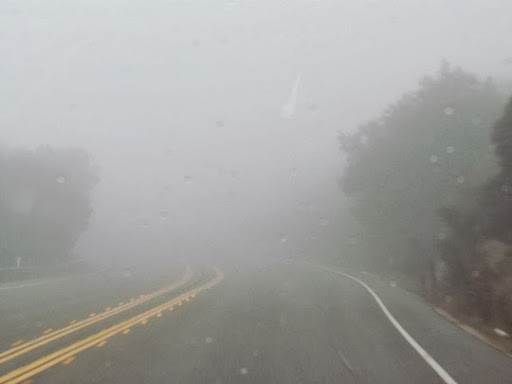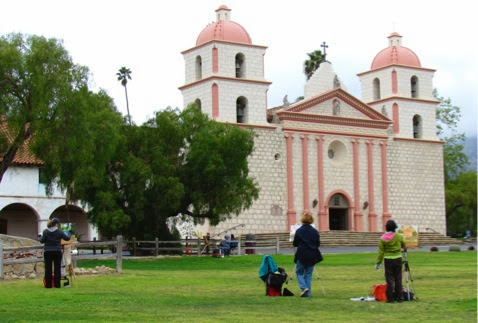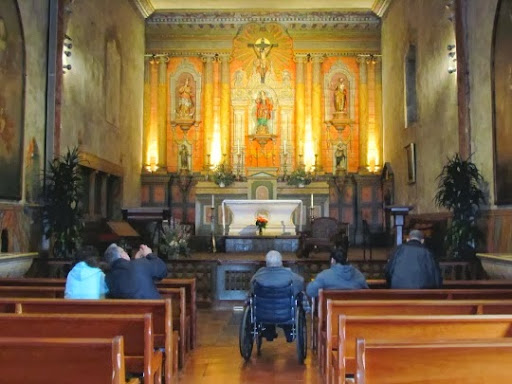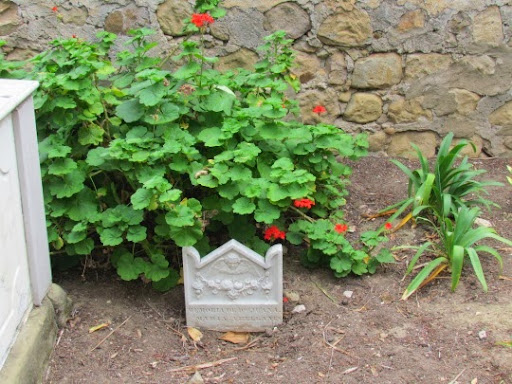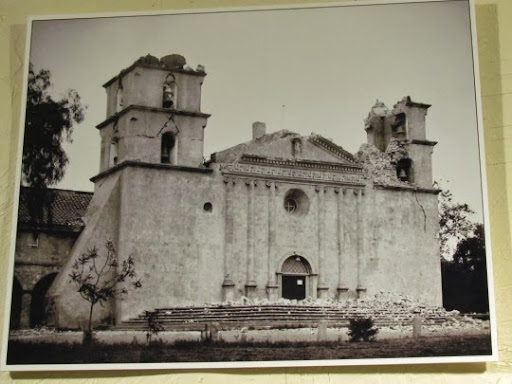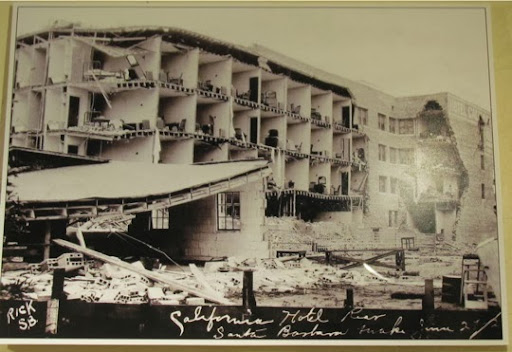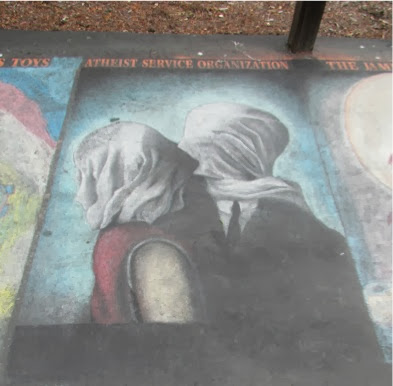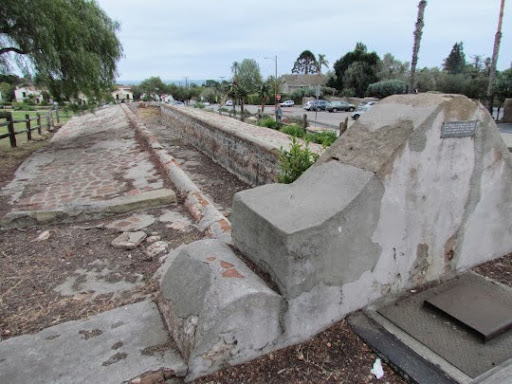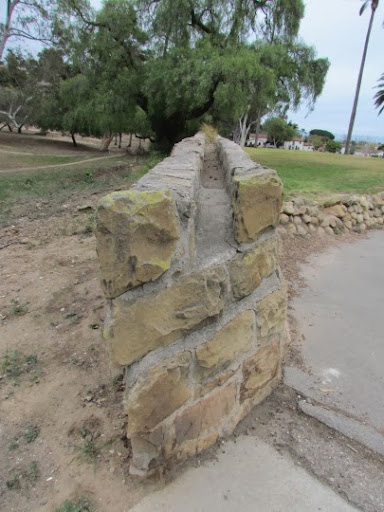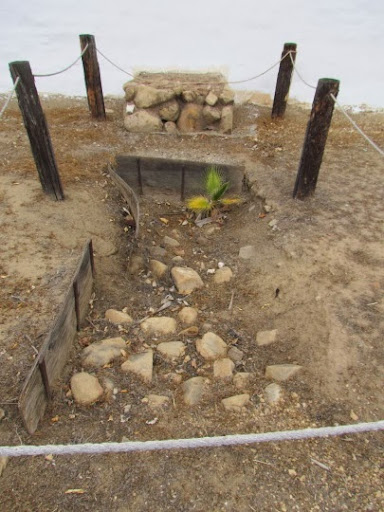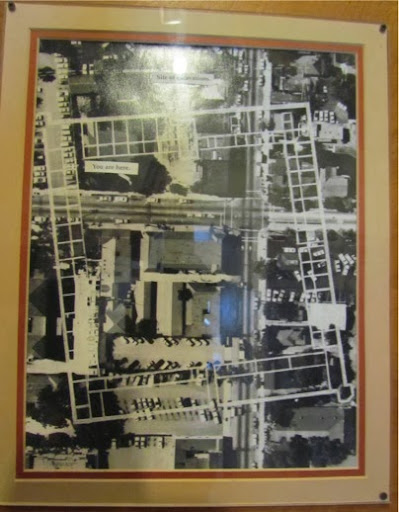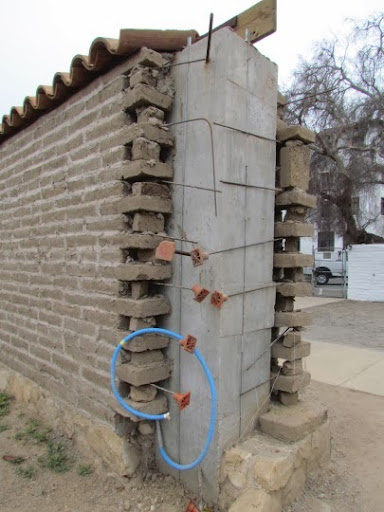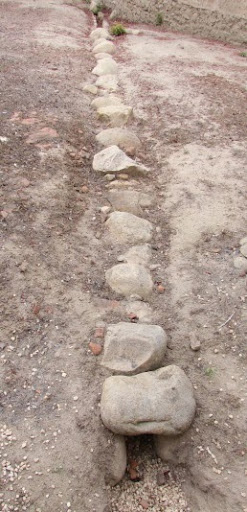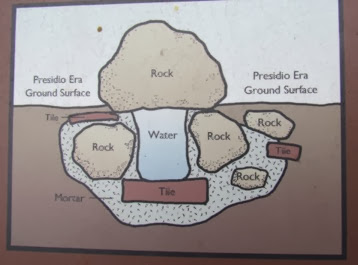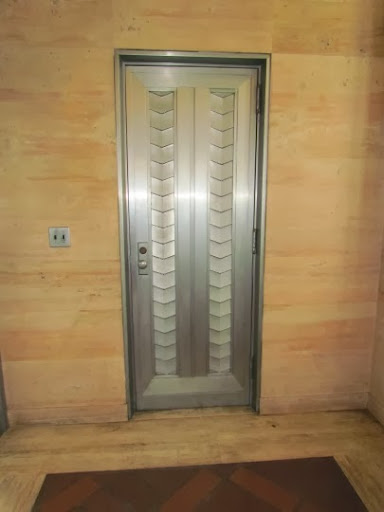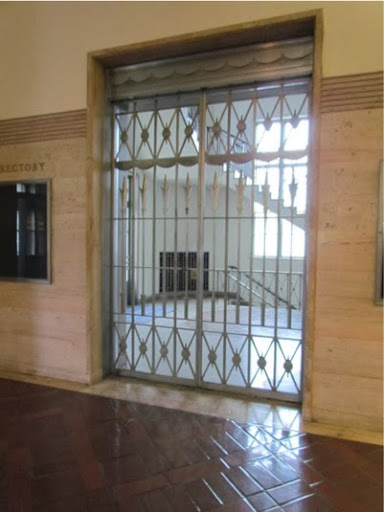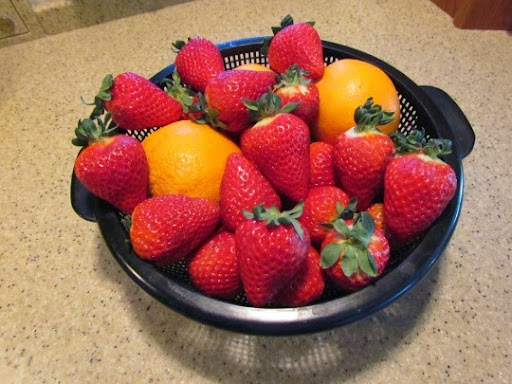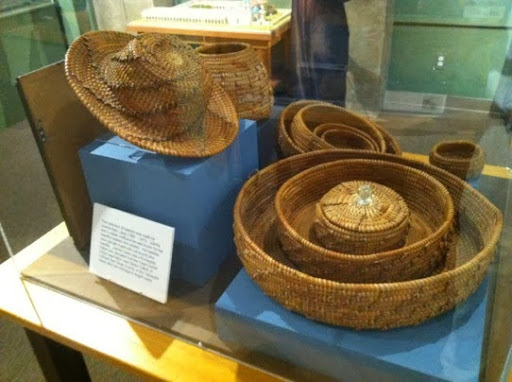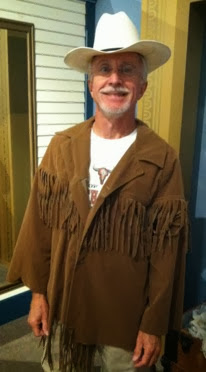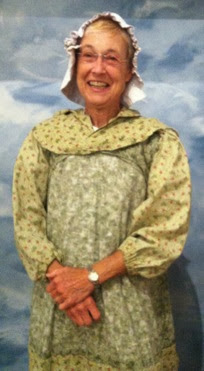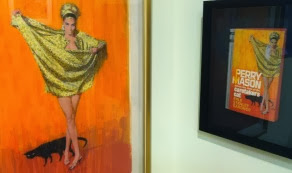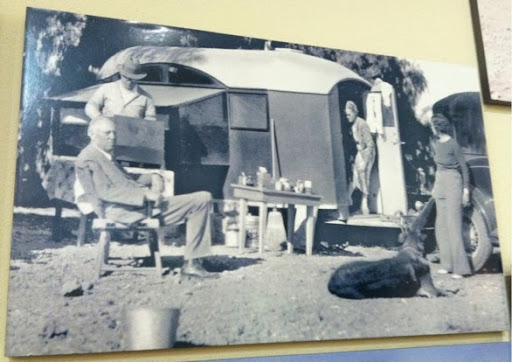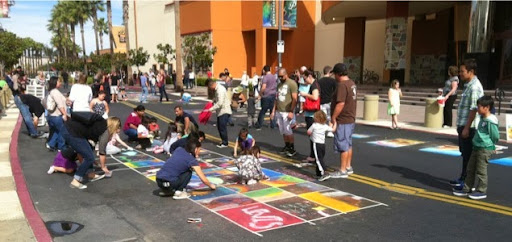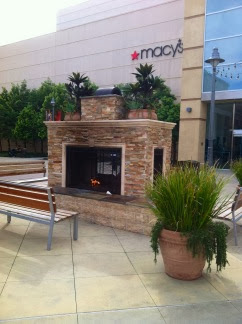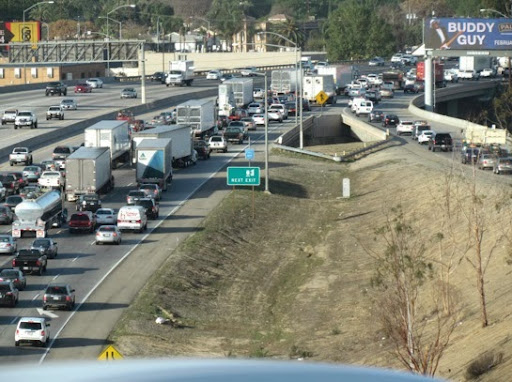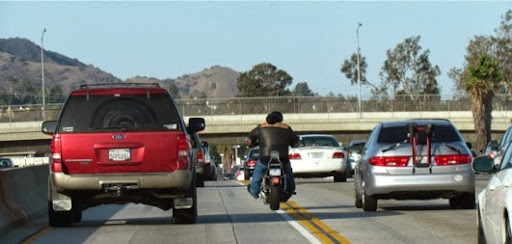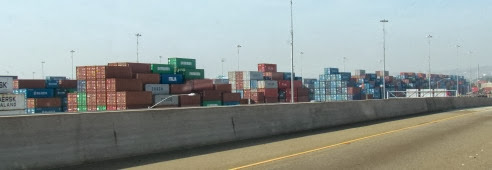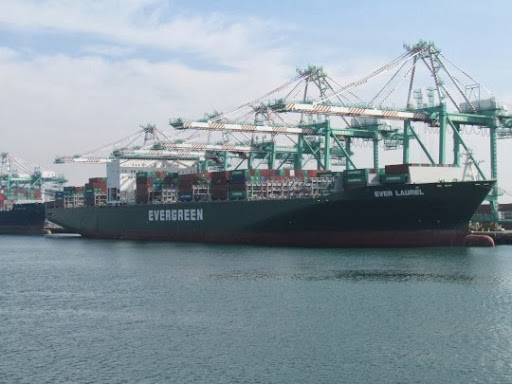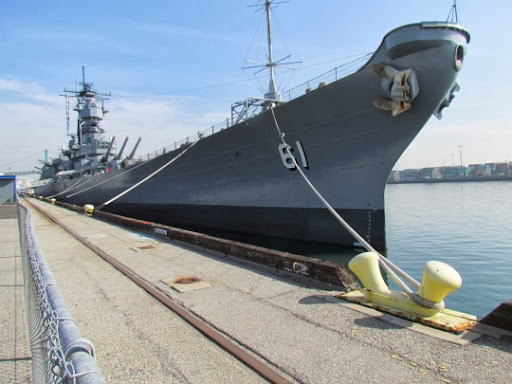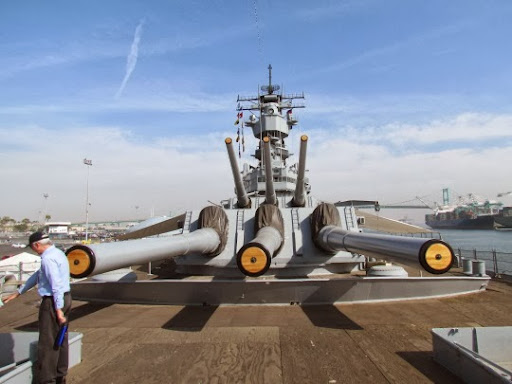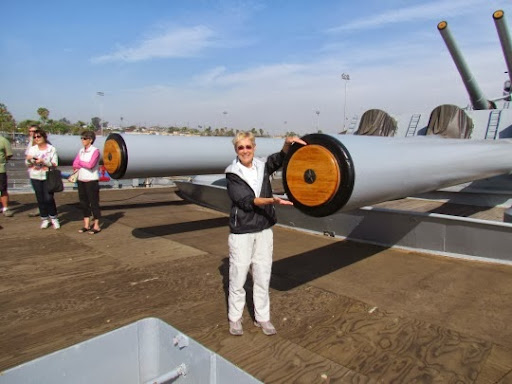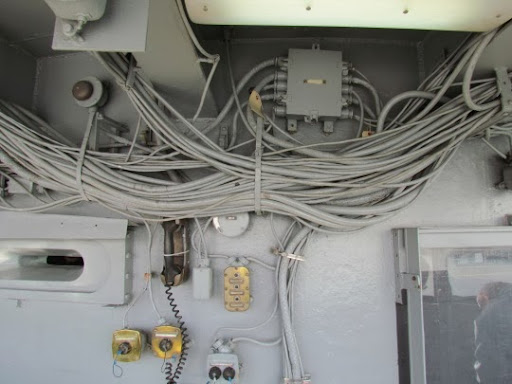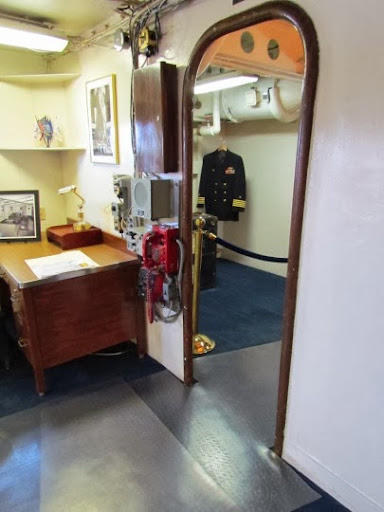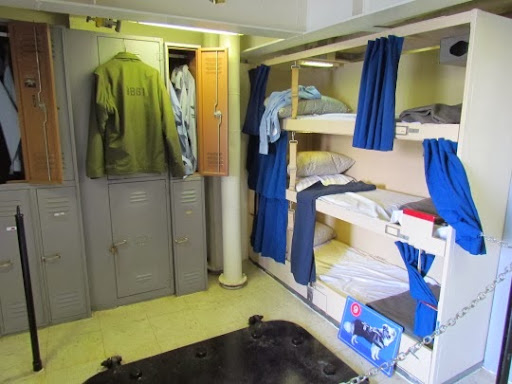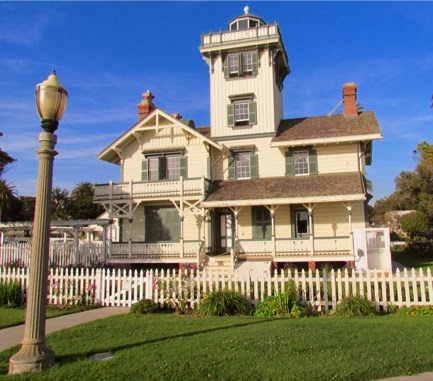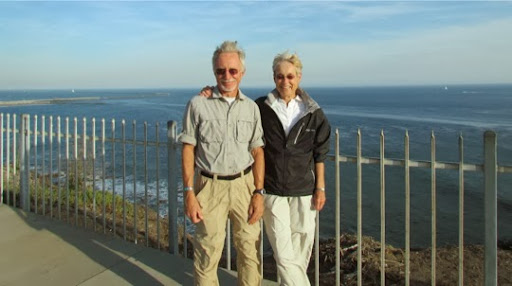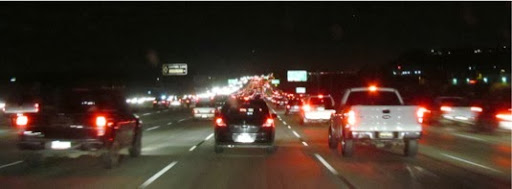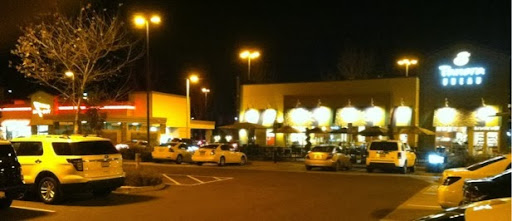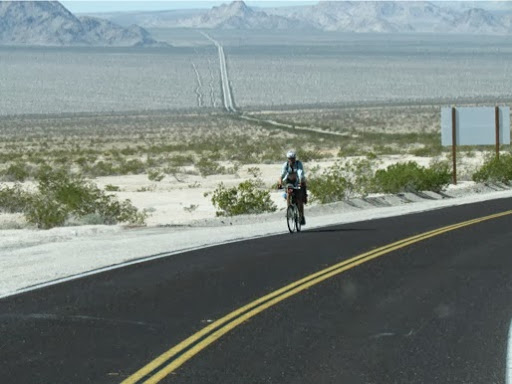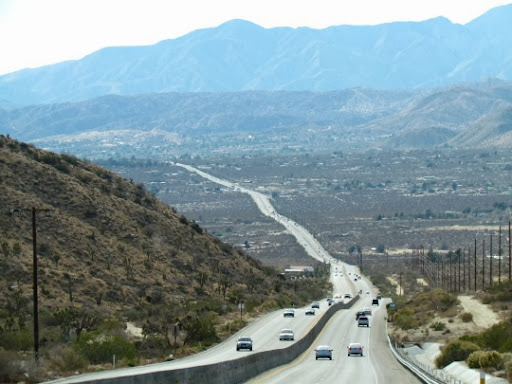We’ve got an exciting day planned: Library. Yep, Gary and I are the Mr. and Ms. Excitement. We need to download some updates. Download, updates. Who makes up this jargon? I also need to check our Turbo tax software which also has some updates. But, why not eat breakfast out to soften the ‘fun’ we have ahead? Steve’s Patio serves the purpose and it’s warm enough to eat outside so we can people watch at the same time.
Nice drive in to town through this beautiful valley.
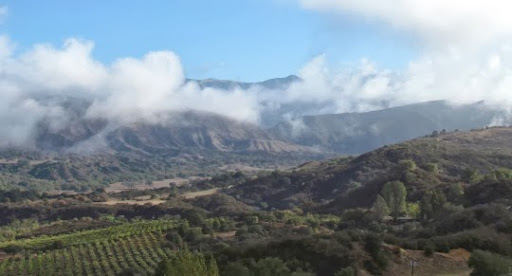
The library was less than exciting. I tried to download a 45-minute update several times and had an error 40 minutes into the 45 every time. Gary downloaded it onto his computer just fine so it must be my computer - or the library wi-fi. I did get some blog published, some trip planning done and managed to get some phone calls made to make some reservations for campgrounds this spring and summer. I decided this week that I’d better get our Yellowstone, Tetons and Glacier reservations in along with some others that I think might be popular campgrounds during the summer.
We each took a break during the middle of the day to stretch our legs and both noticed how many homeless there were around the library. Santa Barbara is a very wealthy town and there are homeless even here. It’s amazing to me how many of them have mental problems - but that’s why they’re homeless - no place for them that doesn’t cost an arm and a leg.
Finally, at 3:30 we left for Panera to try their wi-fi. Coffee and a shared bagel and Gary decided to re-install my Turbo Tax. And, that finally worked. 5:00 and we can head home. Oops, look what we saw as we were on our way up 154.
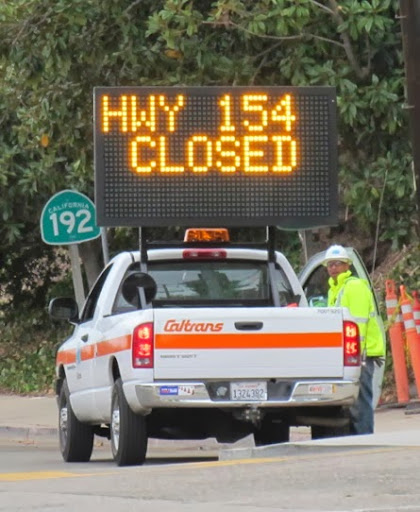
We’d better confirm this.
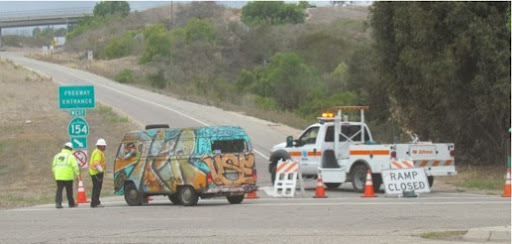
It sure does look as if our main way back to the campground is closed. And, we’re new to this area, we know no other way. It’s 5:15, dusk is closing in, the road into the campground is curvy and dark and we aren’t really familiar with it. Oh, shucks. we pulled off to the side of the street, thinking we’d wait until they opened it. But that could be forever. I then got out of the car and went to ask one of the guys in yellow if he thought the road might open up soon.
‘As soon as they get the accident cleared.’
‘Do you know when that might be?’
‘No, they’re examining the scene now.’
‘Do you know any alternate ways?’
‘No. I’m from Palm Springs on contract for a week. Ask that guy up there.’
The next guy was a local and he confirmed that we could go up another way to circumvent the accident. We found the route on our GPS and headed off. Easy enough in the beginning. Then the curves got sharper, the grade got higher, the sun began to head down and the fogs and clouds were rolling in. Then the center stripe disappeared. And did I mention that there was a lot of traffic coming down the hill - also circumventing the accident? The road was slick and at one point with a 20% grade, we hit a sharp switchback and our tires began to spin a bit on the slick wet pavement. Luckily we were in 4-wheel drive. Nothing but valley below us. A long way below us. What in the world are these two flatlanders doing on this road?
Then this 5 mph curve appeared. This picture shows how nervous the passenger was.
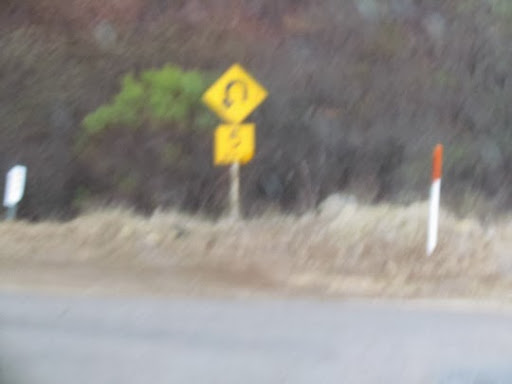
Ah, but Gary was in control - sweating hands and gnashing teeth but he was in control. Finally we hit 154 and were on our way back. But we were still above the clouds until we crossed the pass and began to head on down the mountain.
